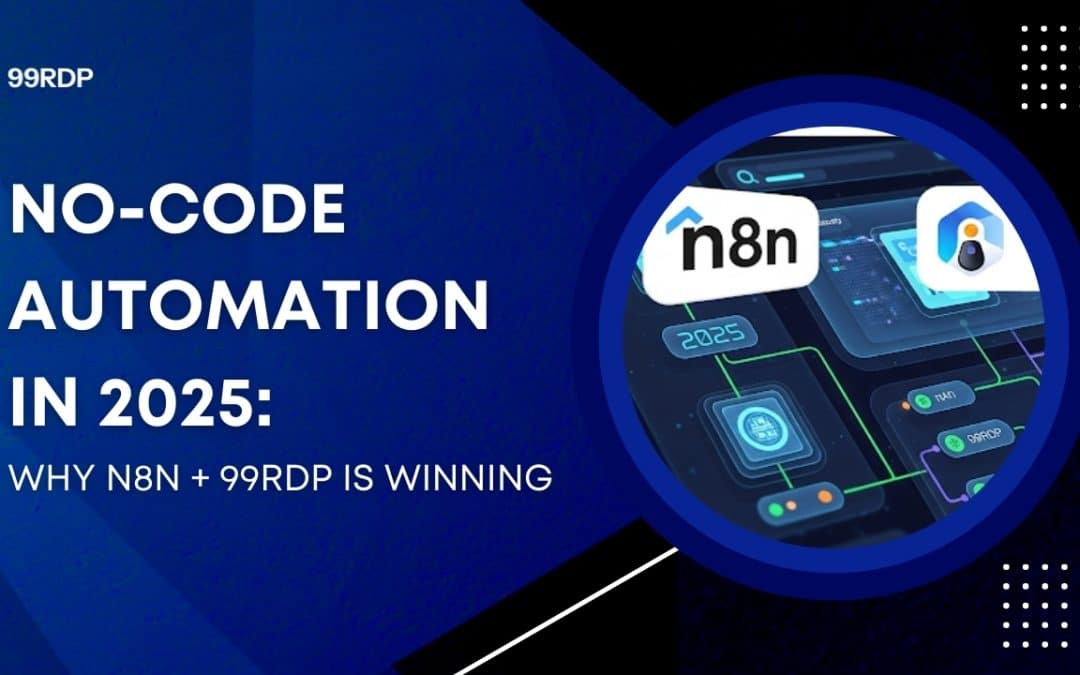
If you’re an avid gamer, you’ve likely encountered the immensely popular survival game, Project Zomboid. This open-world sandbox game allows players to navigate a post-apocalyptic world overrun by zombies, and the multiplayer mode adds a whole new level of excitement. Hosting your own dedicated server can enhance your gaming experience, providing you with control over gameplay settings and the ability to create a unique community. In this guide, we’ll walk you through the process of hosting a Project Zomboid dedicated server on both Windows and Linux operating systems.
Choosing the Right Server Operating System
When it comes to hosting a Project Zomboid dedicated server, you have the option of using either Windows or Linux. Each operating system has its own set of advantages. Windows offers a user-friendly interface, making it ideal for beginners. On the other hand, Linux is known for its stability and performance, making it a favorite among experienced server administrators. Before making your choice, consider factors such as your familiarity with the operating system, your technical expertise, and the specific requirements of your server setup.
Preparing Your System
Regardless of the operating system you choose, there are certain hardware and software requirements you need to meet. Project Zomboid isn’t a resource-intensive game, but a stable internet connection and sufficient RAM are essential for smooth gameplay. You’ll also need to install dependencies like Java, as the game is Java-based.
Setting Up the Dedicated Server on Windows
Downloading the server files: Begin by downloading the Project Zomboid dedicated server files from the official website or through SteamCMD. This ensures you have the necessary files to run the server.
Configuring server settings: Edit the server’s configuration files to customize gameplay parameters, such as zombie behavior, loot distribution, and player interactions.
Starting the server and troubleshooting tips: Launch the server and invite players to join. If you encounter any issues, consult the game’s official documentation or online communities for solutions.
ALSO READ : Satisfactory Dedicated Server: Hosting and Set-Up
Setting Up the Dedicated Server on Linux
Using terminal commands to install and configure: Access your Linux server through SSH and use terminal commands to install the necessary files and configure the server settings.
Running the server as a background process: Set up the server to run as a background process to ensure it continues operating even when you’re not logged in.
Troubleshooting common issues: Linux offers great stability, but if you face any challenges, refer to Linux community forums or the Project Zomboid community for assistance.
Downloading the server files
Through Steam
- Navigate to your Steam Library and filter for tools
- Locate ‘Project Zomboid Dedicated server ‘ and download/install it.
Note: Do not launch the server via Steam. If accidentally done, verify the integrity of the files.
Through SteamCMD
Steam Console Client is a command-line tool provided by valve, the company behind the steam gaming platform. It allows users to download and manage game servers, content, and updates directly from the Steam servers. It’s commonly used by game server administrators to install,update and configure dedicated game servers.
Windows
Once you have downloaded and extracted SteamCMD to the folder of your choosing, run it by executing steamcmd.exe from a command line.
You can now set up the installation directory where the dedicated server files will be stored.
The following is an example of setting the download directory to its own separate folder on the C: drive. You can choose wherever you would like to store the server files.
force_install_dir C:\PZServer
For Linux users, the server will install to /home/<MYOURUSERNAME>/.steam/steam/steamapps/common/Project Zomboid Dedicated Server/ unless specified otherwise.
Once you have set the install directory to your preference, login anonymously to Steam:
login anonymous
Next, download the Project Zomboid dedicated server files:
app_update 380870 validate
Once you see the message “Success! App ‘380870’ fully installed”, close SteamCMD:
quit
Linux
For Debian and Ubuntu, first install steamcmd
Some of these commands may need to be run as root. To gain root access, you likely use “sudo” to elevate permissions on your system.
For example:
– This command assumes you are root dpkg –add-architecture i386 – So you may need this instead: sudo dpkg –add-architecture i386
If you cannot find the package `steamcmd`, you might need to enable `non-free` repository
apt-get install software-properties-common -y apt-add-repository non-free
Proceed to Install `steamcmd`
dpkg –add-architecture i386 apt-get update apt-get install steamcmd
Don’t run the server as root. Add an user such as pzuser
adduser –disabled-password pzuser
we will install Zomboid Server in /opt/pzserver
mkdir /opt/pzserver chown pzuser:pzuser /opt/pzserver
Log in as pzuser
su – pzuser
If you use “sudo” to handle privilege escalation, use
sudo su – pzuser
Create the configuration file /home/pzuser/update_zomboid.txt that will manage steamcmd
cat >$HOME/update_zomboid.txt <<‘EOL’ // update_zomboid.txt // @ShutdownOnFailedCommand 1 //set to 0 if updating multiple servers at once @NoPromptForPassword 1 force_install_dir /opt/pzserver/ //for servers which don’t need a login login anonymous app_update 380870 validate quit EOL
Now install Project Zomboid Server. You will use this same command every time you want to update the server to the latest version.
steamcmd +runscript $HOME/update_zomboid.txt
Customizing Server Settings
To create a unique gameplay experience, take advantage of the customization options available. Edit configuration files to adjust elements like day length, zombie aggression, and weather patterns. You can also enable mods and custom content to introduce new challenges and features.
Managing User Access and Security
As the server administrator, you have the power to manage user access and maintain security. Implement admin controls to enforce rules and manage player behavior. Set up password protection to restrict access to authorized players only. Additionally, configure firewall settings to ensure the server’s security.
Regular Maintenance and Updates
For a seamless gaming experience, it’s crucial to perform regular maintenance and updates. Back up your server data periodically to prevent data loss. Keep the server software up to date to benefit from bug fixes and new features. Monitor player activity and server performance to address any potential issues promptly.
Creating a Community
Hosting a Project Zomboid dedicated server isn’t just about gameplay—it’s also about building a community. Promote your server on gaming forums, social media, and other platforms to attract players. Foster engagement by organizing events, creating online spaces for players to interact, and encouraging collaboration.
Performance Optimization
To ensure smooth gameplay, optimize server performance. Tweak server settings to achieve the desired balance between challenge and performance. If players experience lag or latency, explore solutions like upgrading your server’s hardware or adjusting network settings.
Backup and Recovery Strategies
No server is immune to crashes or data loss. Establishing backup and recovery strategies is essential. Regularly back up your server data, including configuration files and player data. Store backups securely in a separate location to prevent complete loss in case of hardware failure or other emergencies.
Scaling Up Your Server
As your server gains popularity, you might need to scale up to accommodate more players. Consider upgrading your hardware to handle increased player loads. Keep a close eye on performance metrics to ensure a smooth gaming experience for all players.
ALSO READ: Setting Up Your Default PowerShell Profile to Open with PowerShell
Comparing Hosting Services
While self-hosting has its advantages, you might also explore third-party hosting services. These services offerALSO READ :Setting Up Your Default PowerShell Profile to Open with PowerShell pre-configured servers, taking the technical burden off your shoulders. Compare the pros and cons of self-hosting and third-party hosting to make an informed decision.
Conclusion
Hosting a Project Zomboid dedicated server on Windows or Linux is an exciting endeavor that can enhance your gaming experience and create a thriving gaming community. By following the steps outlined in this guide, you’re well on your way to becoming the master of your own post-apocalyptic realm. So gather your friends, customize your settings, and embark on a zombie survival adventure like no other.



